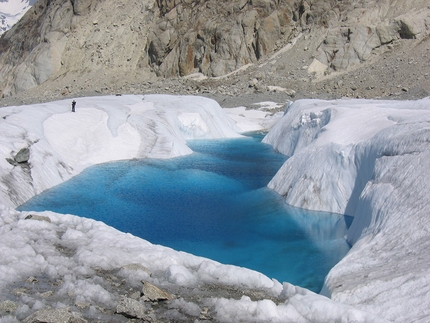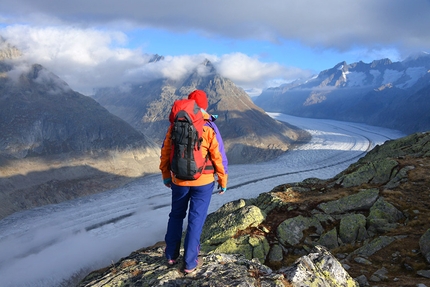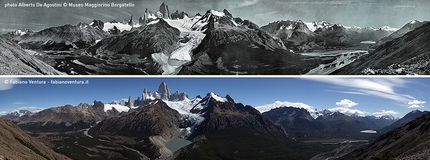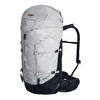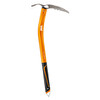Vanishing giants: the tropical glaciers of Colombia facing extinction

 1 / 14
1 / 14 Gustavo Acosta
Gustavo Acosta
Colombia, a country located in the Tropics, has small masses of ice that today resist change, something that due to lack of knowledge, not all the inhabitants of the country know enough about. These glacial masses are located on some of the highest mountains in the country that rise above 4,900 meters above sea level.
Unique points on the planet that are the object of investigation regarding climate change; They are really rare because you have the privilege of being able to have them in a country that has no seasons and is under the influence of the intertropical convergence zone.
Of the six snow-capped peaks (as they are known in Colombia) that currently exist, four of them are on active volcanic structures, while the remaining two are on mountain ranges known as Sierras. In fact, these two are the ones that accumulate the greatest glacier mass.
The list of snow-capped mountains in order of height is:
Sierra Nevada de Santa Marta with a maximum height of 5775 m
Sierra Nevada El Cocuy or Güicán (5380 m)
Nevado del Huila Volcano (5364 m)
Nevado del Ruíz Volcano (5321 m)
Nevado del Tolima Volcano (5220 m)
Santa Isabel Nevado Volcano (4950 m)
However, these were not the only snow-capped mountains that have existed in this country. By the 19th century, 13 mountains with glacial mass were documented, but due to the effects of natural processes on the planet, added to the increase in temperatures and the lack of precipitation that allows accumulation, these seven remaining snowcapped peaks ended up losing their snow cover.
The list of these other mountains and the date they completely lost their glacial mass is:
Paramillo del Cisne 4600 m (1960)
Paramillo del Quindío 4650 m (1960)
Puracé Volcano 4520 m (1940)
Pan de Azúcar Volcano 4520 m (1960)
Sotará Volcano 4580 m (1948)
Galeras Volcano 4276 m (1948)
Cumbal volcano 4790 m (1985)
Chiles Volcano 4470 m (1950)
According to IDEAM (Institute of Hydrology, Meteorology and Environmental Studies of Colombia) “Colombian glaciers have gone from approximately 374 km2 at the end of the Little Ice Age (17th-19th centuries) to 0.54 km2 in 2020; that is to say, Colombia has lost 92% of its glacier area. Furthermore, in the last 50 years it is estimated that they have lost 3 to 5% of their glacier area per year”.
The next to disappear is the snow-capped Santa Isabel. It is estimated that its northern summit, which is the only one that today preserves its glacial area, will lose all of its mass in approximately 4 years.
The loss of our Colombian glaciers is an irrevocable fact, they are natural processes that cannot be avoided. What is a miracle however is being able to have them in front of us today; they are something truly unique and being able to get to know them is a fact that leads us to preserve and protect them as much as possible and in the little time they have left.
About Gustavo Acosta
Mountaineer, climber, photographer and documentary filmmaker of Colombian origin. Acosta has traveled a large part of the Colombian territory, exploring its cultures, landscapes and biodiversity, with a total of thirty-three (33) visited protected areas out of the fifty-two (52) that the country has, seeking inspiration in every detail with the idea of feeling the essence of Colombia in the corners of its land and making its natural wonders known through his photographs. In recent years he has focused on portraying the summits of the Colombian mountains in the Andes mountain range.
Links: Gustavo Acosta Instagram, Gustavo Acosta Facebook



 Copia link
Copia link

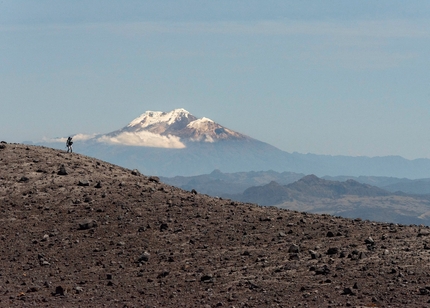










 See all photos
See all photos